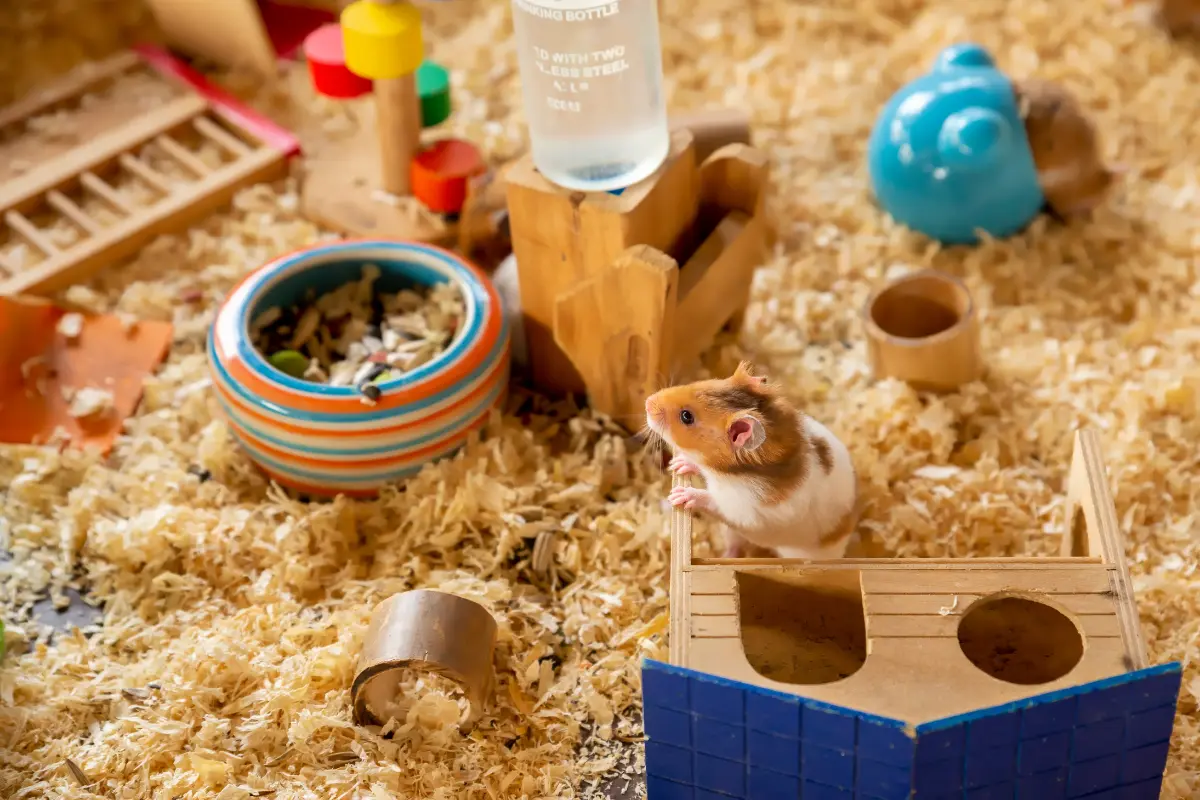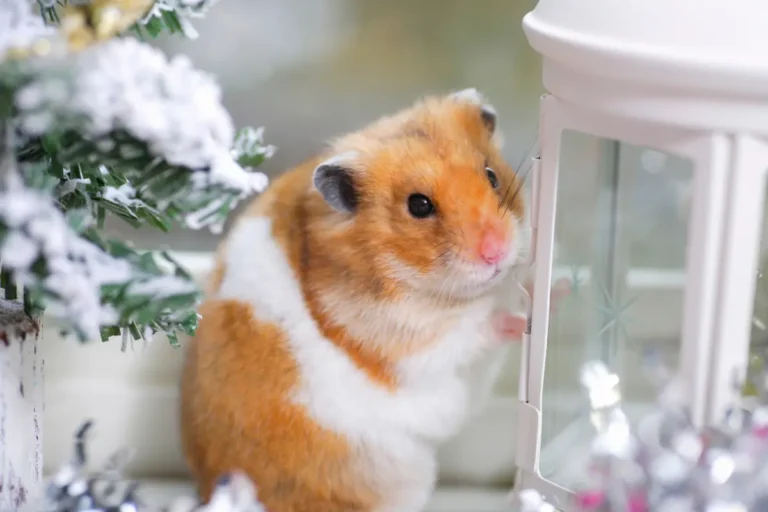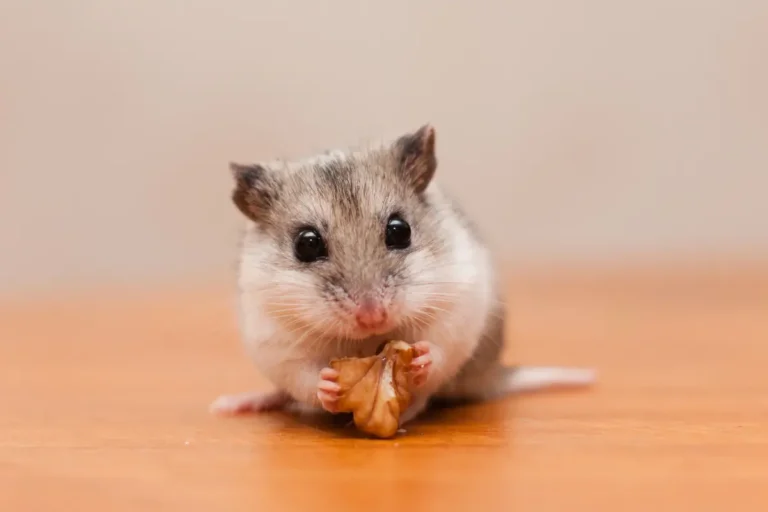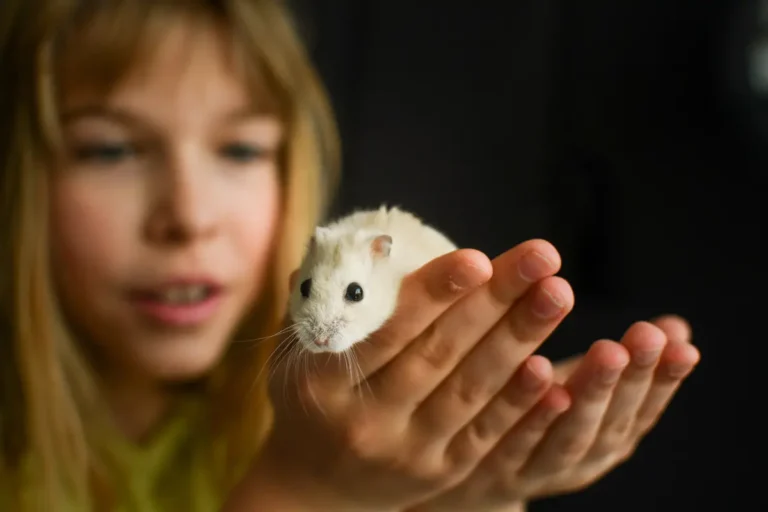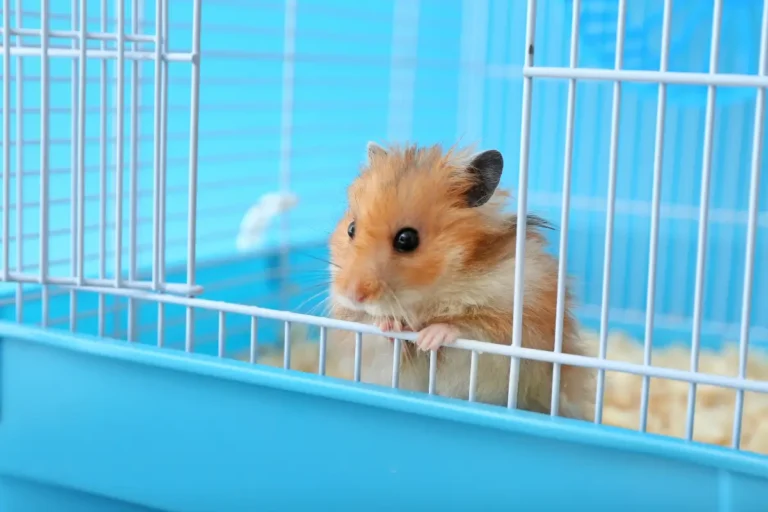Cage Height Vs Floor Space: Which Matters More for Hamster?
Creating the perfect home for a hamster involves more than just choosing any cage; it requires understanding how key factors contribute to your pet’s well-being. The two essential components in hamster cage design are floor space and height. While both contribute to your hamster’s quality of life, they serve distinct purposes in supporting natural behaviors.
Floor Space: The Foundation of a Happy Hamster
Floor space is fundamental to a hamster’s happiness and health. In their natural habitat, hamsters are avid explorers, traveling long distances each night in search of food, shelter, and new discoveries.
To simulate this environment in a domestic setting, it’s crucial to provide a cage that offers ample floor space. A spacious cage supports physical health, keeps your hamster mentally engaged, and reduces the risk of boredom or stress-induced behaviors.
Recommended Floor Space by Species
Different hamster species have varied space needs:
- Syrian Hamsters: As larger, solitary creatures, Syrian hamsters thrive in a minimum of 775 square inches (about 5,000 square centimeters) of floor space. This ample space allows them to explore freely, fulfilling their natural urge to roam.
- Dwarf Hamsters: Though smaller, dwarf hamsters are just as active as their Syrian counterparts. A minimum of 620 square inches (approximately 4,000 square centimeters) is recommended to encourage their curiosity and exploratory instincts.
Cage Height: Supporting Natural Behaviors
While floor space is crucial, cage height also plays a role in providing a habitat that complements hamsters’ natural behaviors.
1. Burrowing Space
Many hamster species, especially dwarf hamsters, love to dig and burrow. A cage with extra height allows for deeper bedding—ideally 6–12 inches—to accommodate this natural behavior, enabling hamsters to create tunnels and hideaways.
2. Vertical Enrichment
Certain hamster species, like Chinese hamsters, may enjoy climbing. A cage with some height allows you to add ramps, platforms, and low climbing structures, adding complexity to their environment. However, safety is key; for Syrian hamsters, who aren’t as adept at climbing, vertical elements should be placed carefully to prevent falls.
3. Ventilation and Air Circulation
Cages with moderate height and proper ventilation, like a secure mesh lid, can maintain fresh air circulation, which is essential for your hamster’s respiratory health.
Recommended Cage Height
When evaluating cage height, aim for a minimum of 12–20 inches (30–50 centimeters) to allow for deep bedding, enrichment, and an exercise wheel while maintaining a safe environment.
- Syrian Hamsters: Taller cages (about 20 inches) are beneficial for Syrians, offering enough room for burrowing and essential accessories.
- Dwarf Hamsters: Dwarfs benefit from around 12–15 inches of height to accommodate bedding and enrichment without overwhelming their smaller frame.
Why Floor Space is More Important
While height has its perks, floor space remains far more critical in creating a stimulating and safe environment for hamsters.
1. Hamsters are Horizontal Explorers
In the wild, hamsters travel long distances every night, seeking food and secure resting spots. This instinct to traverse the ground makes a spacious cage floor essential. Unlike animals that climb or jump, hamsters primarily move along a horizontal plane. Adequate floor space satisfies their need to roam, promoting both mental and physical well-being.
2. Safety and Accessibility
Due to their poor depth perception, hamsters are prone to injury if they fall from heights. A cage emphasizing floor space over height minimizes these risks, allowing your hamster to explore safely and preventing accidental falls. Additionally, a floor-level enclosure makes it easier for you to clean, rearrange enrichment items, and care for your pet.
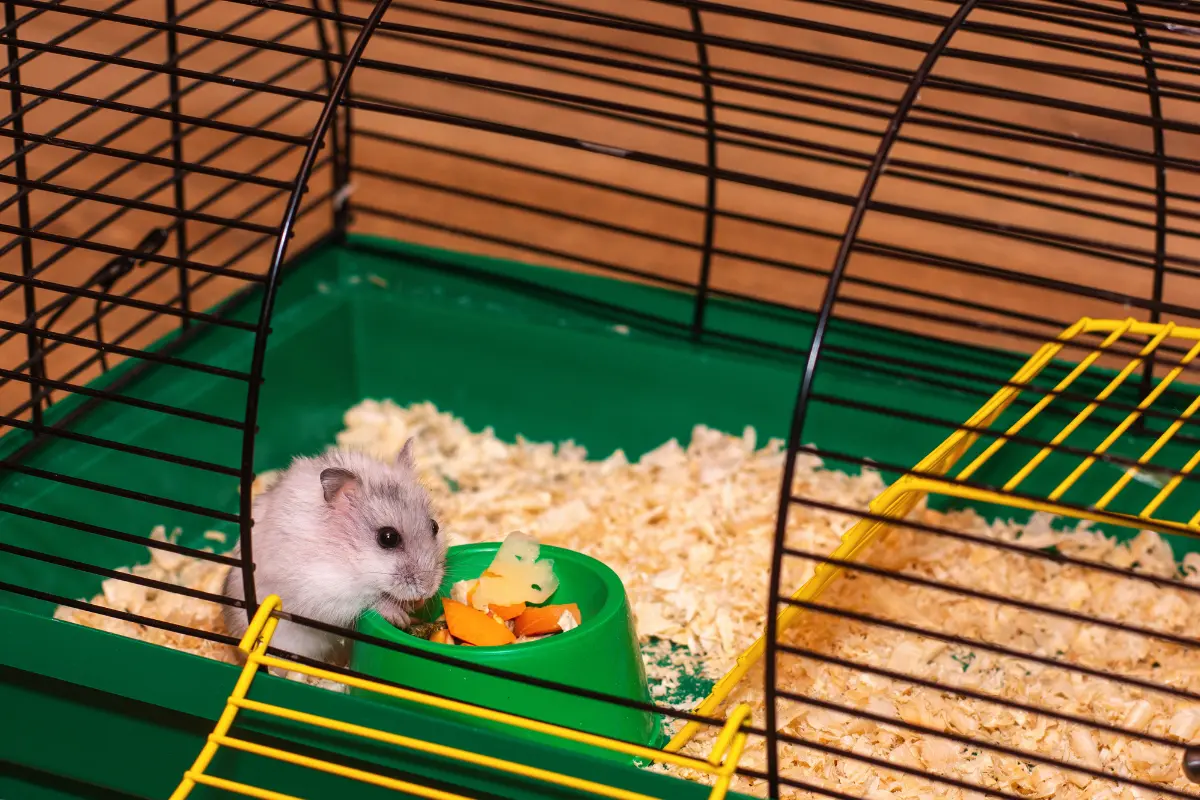
3. Room for Enrichment and Variety
A generous floor area enables you to add a range of enrichment items, from wheels and tunnels to hideouts and chew toys. Hamsters thrive on variety and sensory stimulation, and a spacious cage allows you to create a dynamic habitat where they can move freely between activities.
Why Height Alone Isn’t Enough
Though height supports burrowing and limited climbing, it doesn’t satisfy a hamster’s need for free movement. A tall cage with minimal floor space restricts your hamster’s natural roaming instincts, limiting them to repetitive vertical movements rather than broad exploration.
Even if a cage offers vertical complexity, it cannot fulfill a hamster’s instinctual need to cover ground. For this reason, floor space is indispensable in promoting a healthy lifestyle for your pet.
Ideal Balance: Prioritizing Floor Space with Moderate Height
The best habitat for your hamster combines ample floor space with moderate height to support a range of natural behaviors. This balance gives your hamster enough room to explore horizontally and engage in activities like burrowing and light climbing.
A height of around 18–20 inches (45–50 centimeters) is generally sufficient to incorporate bedding, a wheel, and a few climbing elements, ensuring an engaging habitat without sacrificing safety.
How Moderate Height Complements Floor Space
- Bedding Depth for Burrowing: Moderate height enables you to provide 6–8 inches of bedding, encouraging your hamster to dig and create burrows, which can relieve boredom and stress.
- Layered Enrichment: Platforms and low ledges add complexity to the environment without taking up floor space, but ensure they’re low enough to prevent falls.
- Variety in Resting Spots: With moderate height, you can place hideouts at different levels, offering your hamster choices in resting locations, which can be stimulating and enhance their sense of security.
Example of a Balanced Habitat
Look for a cage with at least 775 square inches of floor space and around 18–20 inches of height. Avoid cages that focus solely on height at the expense of floor space, as they may pose safety risks or limit your hamster’s ability to explore.
Conclusion: Floor Space Over Height
In designing the ideal hamster habitat, prioritize floor space as the primary consideration. Height adds valuable options, especially for burrowing and limited vertical enrichment, but it should enhance rather than replace the necessary floor area.
